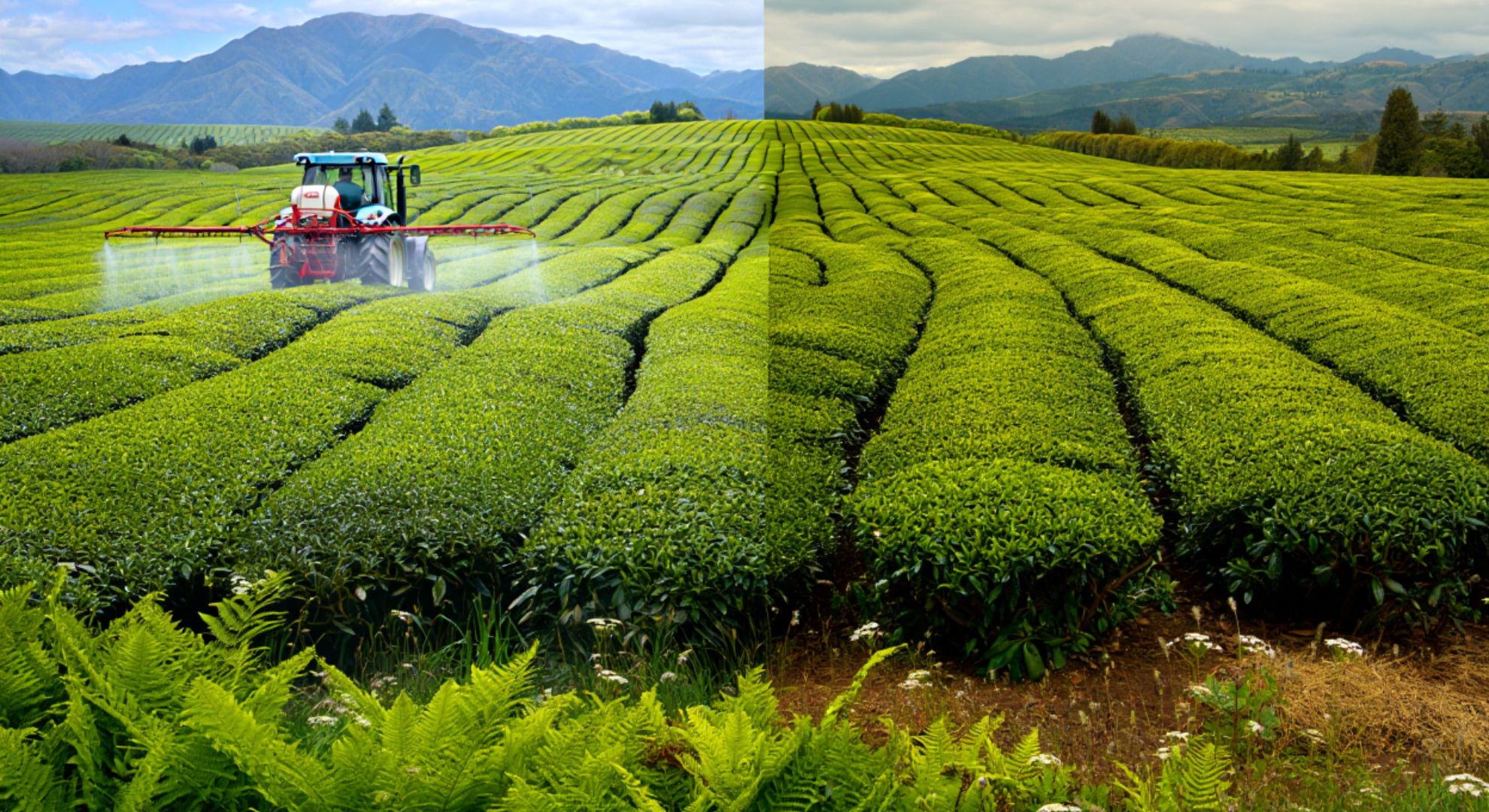New Zealanders drink a lot of tea, and most of those leaves are imported. That simple supply-chain fact raises an equally simple question: what else might be in your cup besides flavor and comfort? Around the world, independent screenings have periodically found traces of pesticides in assorted tea lots, and the local market is unlikely to be an exception.
To be clear, any detected residue is assessed against legal maximum limits designed with safety margins in mind. Still, the idea of chemical traces in a daily ritual makes many drinkers uneasy, and motivates a closer look.
“No residue is automatically unsafe; the dose matters.” That common principle sits alongside another: “Lower exposure is a sensible goal when choices are available.”
What recent tests suggest
Global audits over the past decade point to patterns New Zealand buyers should note. Conventional black and green teas from intensive farming regions show a higher chance of measurable residues, while whole‑leaf and organically certified options tend to test lower—though not zero. Herbal tisanes are a mixed bag: some flowers and herbs are relatively clean, others depend heavily on spray schedules.
Because Aotearoa relies on imports, the local risk profile mirrors those global trends. Retailers often source from multiple countries, and quality varies by season, estate, and post‑harvest handling.
“Clean sourcing is a process, not a label,” say many specialty sellers who invest in supplier audits and periodic lab checks.
Why residues end up in your cup
Tea is a leaf, not a peeled or thoroughly washed fruit. Growers combat leaf‑eating pests, fungi, and weeds, sometimes with approved chemistries. After picking, leaves are withered, rolled, and dried rather than vigorously washed. Certain compounds are water‑soluble, meaning they can leach during steeping, while others are more stable and remain bound to the leaf.
Brewing choices also matter. Longer steeps, higher temperatures, and smaller particles (like dust in many tea bags) increase extraction of many soluble substances, wanted and unwanted.
How to choose safer brews
- Prefer whole‑leaf or large‑leaf grades with reputable farm‑level traceability, and look for credible certifications (e.g., certified organic) while remembering they reduce but don’t eliminate risk.
Comparing common tea options
| Tea category | Typical sources for NZ shelves | Relative residue likelihood | Best pick if you’re cautious | Notes |
|---|---|---|---|---|
| Organic whole‑leaf green or black | China, India, Sri Lanka | Lower | Certified organic, recent harvest | Certification reduces inputs; not a guarantee |
| Conventional whole‑leaf green | China, Japan, Vietnam | Moderate | Single‑origin with lab COAs | Shorter steeps reduce extraction |
| Conventional tea bags (black) | India, Sri Lanka, Africa | Higher | Pyramid bags with larger cuts | Finer particles extract more quickly |
| Herbal tisanes (chamomile, peppermint) | Egypt, Europe, NZ | Variable | Organic or wild‑harvested | Species and origin greatly affect residues |
| Oolong or white, whole‑leaf | Taiwan, China | Lower‑to‑moderate | High‑grade, minimally handled | Often briefly rinsed before brewing |
What regulators and industry say
New Zealand Food Safety sets and enforces maximum residue limits (MRLs) aligned with international benchmarks. Routine border and market surveillance programs help catch non‑compliant batches, and importers face corrective actions if limits are exceeded. Regulators emphasize that MRLs are not “danger lines” but conservative markers that include significant safety buffers.
On the industry side, major packers increasingly demand supplier certifications, pesticide‑use logs, and periodic third‑party testing. Smaller specialty importers often go further, mapping farms and paying premiums for cleaner lots.
“If you want the cleanest cup, start with high‑quality whole leaves, then make friends with your retailer and ask real sourcing questions,” goes a common piece of trade advice.
Brewing habits that can help
A brief rinse can be useful for some styles—particularly oolong and pu‑erh—to remove dust and wake the leaf. For everyday black and green teas, a very short pre‑infusion pour‑off may modestly reduce soluble traces, but it can also strip desirable aromatics.
Aim for lower water temperatures when the style allows—around 75–85°C for many greens—because gentler extractions pull fewer non‑target compounds. Shorter first steeps similarly keep extraction in check while preserving flavor.
Choosing larger leaf grades makes a difference: intact leaves release flavor more gradually, while dust and fannings give you speed plus more of everything else. Store tea in cool, dry, opaque containers to protect delicate aromas, reducing the temptation to over‑steep tired leaves.
The bottom line for everyday drinkers
For most people, the practical path is simple: pick trustworthy sources, favor whole‑leaf and certified options when possible, brew with measured temperatures, and keep steeps moderate. That approach balances sensory pleasure with a sensible approach to exposure, letting your nightly mug stay comforting as well as cleaner.
